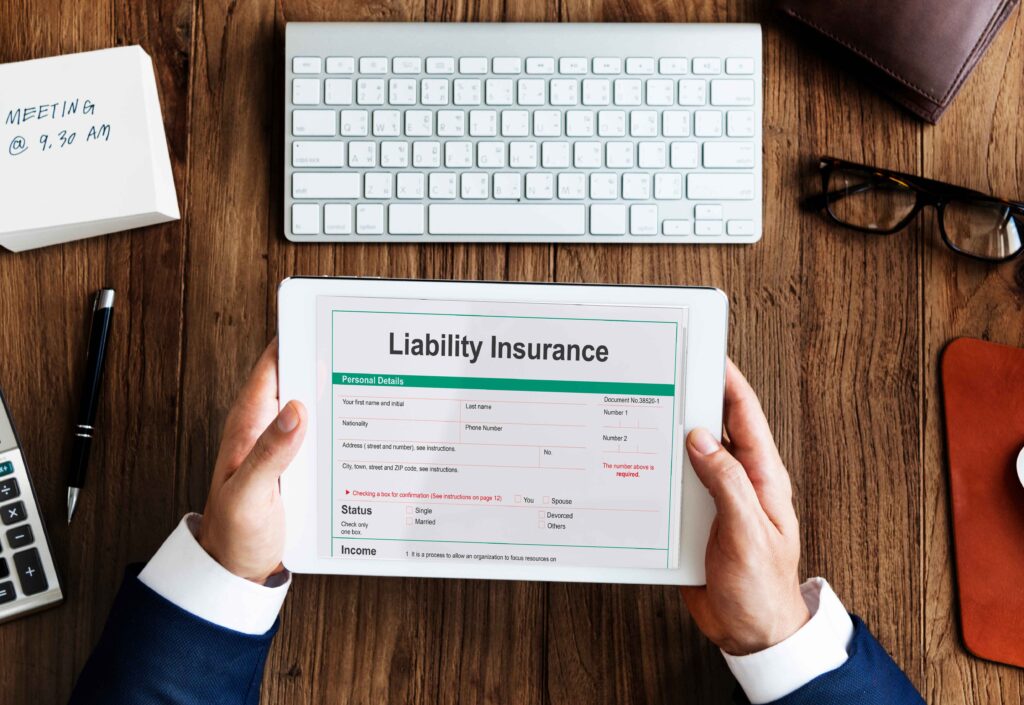Liability Insurance: Running a small business means you’re always busy with lots of tasks. The last thing you need is an unexpected problem, like someone getting hurt at your place. Imagine a customer tripping over a rug and getting injured. Accidents like this can happen, and they can lead to big problems if the injured person decides to sue. That’s where Public Liability Insurance comes in. It helps protect your business from these kinds of issues by covering injury claims. Let’s take a closer look at what Public Liability Insurance covers, what it doesn’t cover, and why it’s important for any business that deals with people directly.
What is Public Liability Insurance?
Public Liability Insurance is designed to shield businesses from the financial repercussions of lawsuits or claims made by third parties for injuries or damages occurring on business premises or due to business activities. This type of insurance is crucial for businesses that interact frequently with the public, such as retail stores, restaurants, or construction companies, where the potential for such incidents is higher.
Why is Public Liability Insurance Essential?
PLI provides a safety net that can mean the difference between a minor inconvenience and a major financial disaster. Without this coverage, any legal fees, medical costs, and compensation for damages would need to be paid out of pocket. For small businesses, in particular, such expenses can be crippling, potentially leading to bankruptcy
Understanding Coverage Details
A typical PLI policy covers legal costs, medical treatment fees for injuries, and compensation for damages. However, it’s important to understand the exclusions and limits of your policy. Some policies may not cover incidents that occur under certain conditions or activities deemed high-risk unless specifically stated. Knowing these details can help you choose or customize a policy that fully protects your business.
General Liability vs. Public Liability Insurance: What’s the Difference?
Public Liability Insurance
Public Liability Insurance specifically protects your business against claims of bodily injury or property damage suffered by third parties (like customers or the general public) as a result of your business activities. For example, if a customer slips and falls in your store or if someone’s property is damaged during your business operation, PLI would cover the compensation costs and legal fees associated with these claims.
General Liability Insurance
General Liability Insurance offers a broader scope of coverage compared to Public Liability Insurance. It not only includes the protection provided by PLI against third-party bodily injury and property damage but also covers:
- Product Liability: This covers any injury or damage caused by products manufactured or sold by your business.
- Advertising Injury: This covers issues that arise from advertising, such as copyright infringement, slander, and libel.
In essence, while Public Liability Insurance is more focused on incidents that occur on your business premises or as a direct result of your operations, General Liability Insurance provides a wider safety net that includes product-related issues and advertising liabilities. General Liability is more comprehensive and is suitable for businesses that want extensive coverage, which encompasses a broader range of potential risks beyond direct interaction with the public
Understanding Your Business Needs
Each business is unique, and the level of risk can vary greatly depending on the type of operation. To determine the appropriate level of PLI, you must evaluate the specific risks associated with your business activities. Consider factors such as the business location, the nature of the activities conducted, the volume of public interaction, and previous claims history if applicable.
How to Choose the Right Public Liability Insurance
Choosing the right PLI policy involves several steps:
- Assess your risk: Identify potential hazards in your business operations that could harm third parties.
- Comparison shop: Obtain quotes from multiple insurers to compare coverage and premiums.
- Read the fine print: Understand what each policy covers and what it excludes.
- Consult with professionals: An insurance broker can provide advice tailored to your specific business needs.
Real-Life Application and Importance
Consider a scenario where a customer trips over equipment in your store and suffers an injury. With PLI, you can handle the situation confidently, knowing that the insurance will cover medical costs and any legal fees if the customer decides to sue. This not only helps in managing the immediate financial fallout but also protects your business’s reputation by allowing a professional response to accidents.
Keeping Your Policy Updated
Business needs and risks can change over time, which means your PLI should evolve as well. Regularly review your coverage to ensure it matches your current business profile and the latest legal requirements. Adjust your policy as your business grows or as new facets of your operations emerge
Read this blog, A Guide to Legal Malpractice Insurance: Protecting your Practice
Conclusion
Public Liability Insurance is not just an optional extra it’s a fundamental component of a robust business strategy. Investing in the right PLI policy safeguards your business against unforeseen costs and legal complications, ensuring that you can focus on growth and innovation with peace of mind visit our website. Remember, being prepared isn’t just about managing risks it’s about embracing opportunities with confidence.

